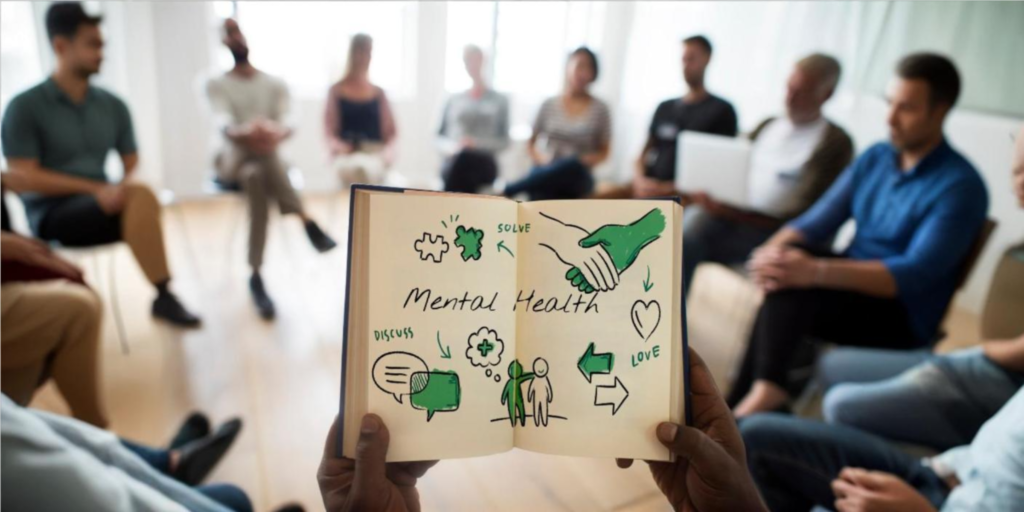Latest
Explainer: Why typhoid fever is so hard to beat
Author
Author
- admin / 1 year

- 0
- 3 min read

Author
Access to clean drinking water, hygienic food, and typhoid vaccination are the best preventive measures.
As urbanisation and climate change continue to add to the global burden of typhoid, the growing incidence of antimicrobial resistance (AMR) makes it all the more challenging to contain the spread of this life-threatening infection. Prevalent in many countries in Africa, Eastern Mediterranean, South-east Asia and Western Pacific regions, typhoid risk is higher in populations that lack access to safe water and adequate sanitation; children are at highest risk.
“Typhoid fever is commonly presented as undifferentiated fever,” says Dr Aditya Gautam, endocrinologist and diabetologist based in Guwahati, India. “Due to the inadequacy of most tests and culture techniques, which produce false negatives, clinical judgement is critical to ensure appropriate antibiotic treatment. Also, antibiotic regimes vary from region to region and even from hospital to hospital,” he explains.
First Check brings you five key facts about this oft-misdiagnosed condition:
- Typhoid fever is caused by bacteria Salmonella typhi. Bacteria from the body of infected individuals are transferred via the faecal route into drinking water in areas that lack adequate sanitation facilities. As of 2019, typhoid fever affected nine million persons each year, resulting in 1,10,000 annual deaths.
- The symptoms usually start within one or two weeks after ingesting the bacteria. These include protracted periods of fever, fatigue, headaches, nausea, abdominal pain, constipation, or diarrhoea. A course of appropriate antibiotics can relieve the symptoms within three to five days. However, if left untreated, an infected individual’s condition can worsen over three weeks and become life threatening.
- One must consult a physician, paediatrician (in case of children), an internal medicine specialist, or an infectious disease specialist in case symptoms persist. In India, the Widal test, which detects and quantifies the antibodies that the body generates against typhoid-causing bacteria, is widely used. However, the test could generate false positives and false negatives. Therefore, an experienced doctor’s diagnosis is needed to confirm the test results.
- A course of antibiotics is the first line of treatment for typhoid fever. However, multi-drug resistance and decreased efficacy of certain antibiotics in typhoid-causing bacteria have rendered many older drugs ineffective.
- Access to clean drinking water, hygienic food, and typhoid vaccination are the best preventive measures. Vaccine against typhoid can not only reduce the disease burden due to typhoid, but it can also help address the growing AMR problem.
Join First Check WhatsApp channel for regular updates on health research, explainers and fact-check stories.
Read More: Explainer: What is Japanese Encephalitis?









